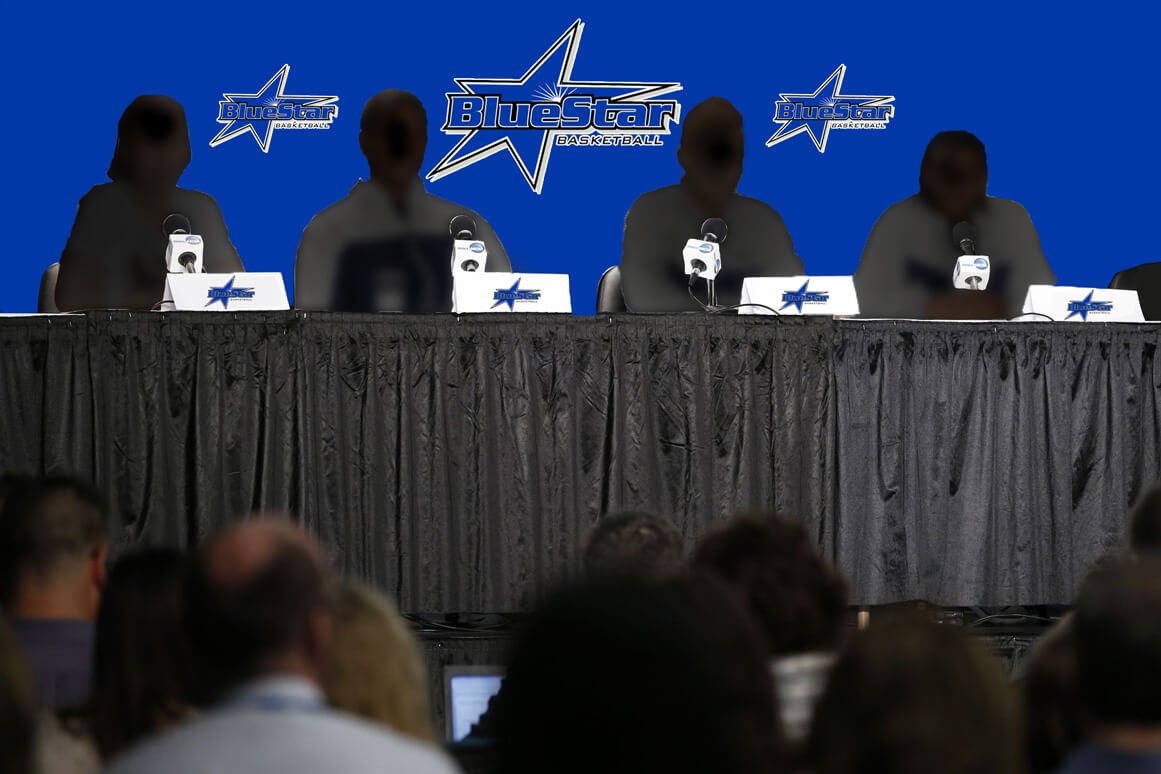For the 12th time, Stanford is going to the Women’s Final Four. For the first time, Mississippi State is headed to the same place. One venerable program has loads of tradition and familiarity, and another is a fresh face on the national scene, newly carved out of decades of obscurity.
What they have in common, other than a destination this weekend in Dallas, is how they got there. To be sure, the Cardinal and Bulldogs play very different styles of basketball, led by coaches with very different ways of approaching the game.
Unless you had a specific rooting interest, however, how Tara VanDerveer and Vic Schaefer coaxed their teams in compelling, nerve-wracking Elite 8 games was something to behold. These are tough, gritty, resilient teams who marched through difficult regular seasons and substantial challenges in NCAA tournament play.
Trailing by 16 points to Notre Dame, Stanford roared back in the second half, led by 27 points by Brittany McPhee and 15 each from Karlie Samuelson and Alanna Smith, the latter scoring what turned out to be the winning basket.
In the final seconds, needing a stop as Notre Dame inbounded the ball under its own basket, Stanford’s Erica McCall stuffed Arike Ogunbawale on a drive in the paint to preserve a 76-75 win.
For the second season in a row, Stanford toppled the favored Fighting Irish in the Lexington Regional in Rupp Arena. In what’s been an especially satisfying season for VanDerveer, who crossed the 1,000-win mark earlier this year, the Cardinal’s performance prompted a rare post-game dance and exuberant high-fives from the coach.
This Stanford team isn’t loaded with All-Americans, just very good, solid, team-oriented players who represent the sum of a somewhat blue-collar style. After claiming the Pac 12 tournament title, Stanford earned a No. 2 seed, but couldn’t start NCAA tourney play on the road since the conference gymnastics meet was taking place the same weekend at Maples Pavilion.
After gutting out a very difficult 2-vs-15 game against New Mexico State, Stanford rolled over host Kansas State, then went to Lexington and held off Texas to set up a rematch with Notre Dame. The Irish were missing center Brianna Turner, who tore an ACL in the second round. Her large presence was certainly missed on that final play, but the Cardinal hung tough.
They won’t wow you with their style. There’s no blazing, up-and-down, tempo here, no eye-popping dynamo who forces a defense to try unusual things. VanDerveer employs only six regular players, and you’ve got to guard all of them. They move well without the ball, and master basic fundamentals that make it hard to attempt to take out any one player.
Like Stanford, Mississippi State is a very experienced team enjoying its best season ever, being ranked in the Top 5 and earning a No. 2 seed. Schaefer’s revived the Bulldogs with defense, but after being crushed 98-38 by UConn in the Sweet 16 last year, they’ve made tremendous strides in becoming a better offensive team.
After scoring 92 points at home in a second-round over DePaul, Mississippi State had to figure out how to slow down Washington’s Kelsey Plum, the NCAA’s all-time scoring leader, in the Sweet 16 in Oklahoma City. The Bulldogs won 75-64, knocking out one of last year’s surprise Women’s Final Four teams.
Taking on top-seeded Baylor in the Elite 8 posed a different challenge. The Bears were loaded at every position, especially in the low post. Mississippi State was able to disrupt with backcourt pressure, scoring 20 points off 17 turnovers, and received a command performance from the smallest player on the court.
Bulldogs point guard Morgan William, overlooked out of high school by many major schools, embodies Schaefer’s rebuilding project as much as anyone. Standing 5-foot-4, she ended up scoring 41 points, including 6-of-8 from behind the 3-point line. William dished out seven assists and didn’t commit a single turnover.
After the game, she was deeply emotional on national television, paying homage to her late stepfather who helped push her as a young player.
Mississippi State prevailed 94-85 in overtime, prompting Schaefer, dubbed the “Minister of Defense” by Gary Blair as his assistant at Arkansas and Texas A & M, to declare: “How about that offense!”
What Schaefer has done off the court is just as impressive. I’ve covered weekend SEC games in Starkville that drew no more than a few hundred souls. Now the Bulldogs average several thousand on a weeknight, and had nearly 6,000 at Humphrey Coliseum for an early Friday afternoon game in the NCAA tournament.
I would imagine many of those fans will be making their way to Dallas.
Yet attendance continues to be a drag at the NCAA women’s regionals. Despite two great games on Sunday, the announced crowd at Rupp was 2,527. In Oklahoma City, with Baylor playing, the number was only 3,128.
Meanwhile on Sunday, Big Ten teams playing at home in the women’s NIT drew more than that. Iowa (5,146) and Indiana (4,770) both lost in the quarterfinals, but the format of that tournament underscores the importance of home. I don’t know what the solution is to the NCAA regional attendance problem other than something line a super regional format. What is happening now isn’t working.
These games have been too good to be showcased this way, in nearly empty surroundings. That won’t be the case tonight in Bridgeport, where UConn is heavily favored to knock off the freshmen-laden Oregon Ducks.
In the nightcap, however, a sparse crowd is likely for what should be a terrific matchup. South Carolina, which led the nation in attendance, plays Florida State for another Women’s Final Four berth.
Two years ago, the same teams played in the Elite 8 in Greensboro, whose proximity to the Gamecock fan base made it seem like a South Carolina home game. A late bucket by Tiffany Mitchell lifted South Carolina to its first Women’s Final Four.
Tonight, however, the rematch is being played in Stockton, Calif., nowhere close to a bus ride for fans, who like many of the rest of us have to settle for a television experience that doesn’t do justice to what’s taking place on the court.
Wendy Parker is a sportswriter and web editor who has covered women's basketball since the early 1990s. She is a correspondent for Basketball Times and formerly covered women's and college sports, soccer and the Olympics at The Atlanta Journal-Constitution. She is the author of "Beyond Title IX: The Cultural Laments of Women's Sports," available on Amazon, and the creator of Sports Biblio, a blog about sports books and history.




